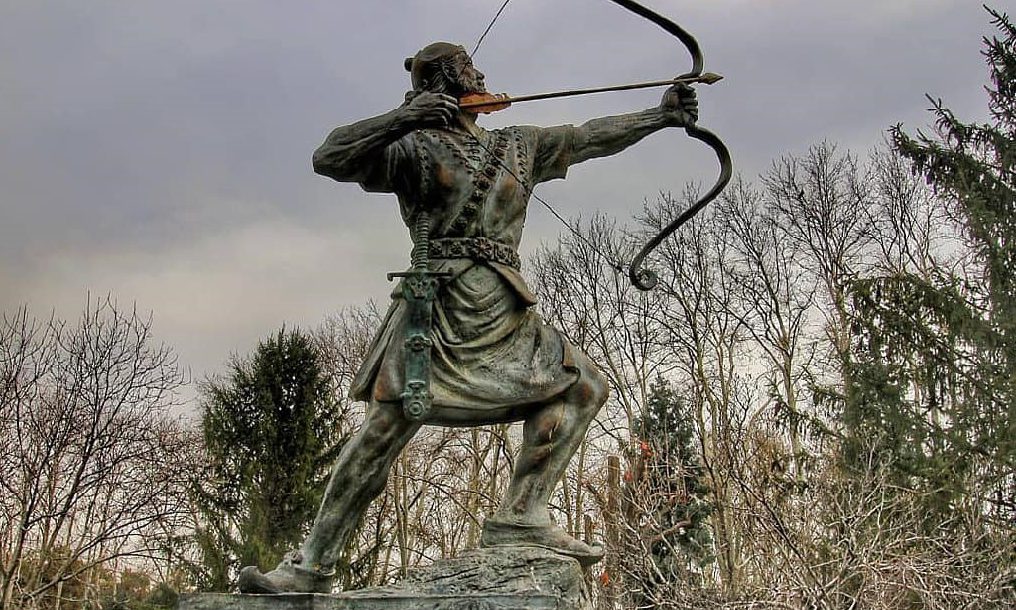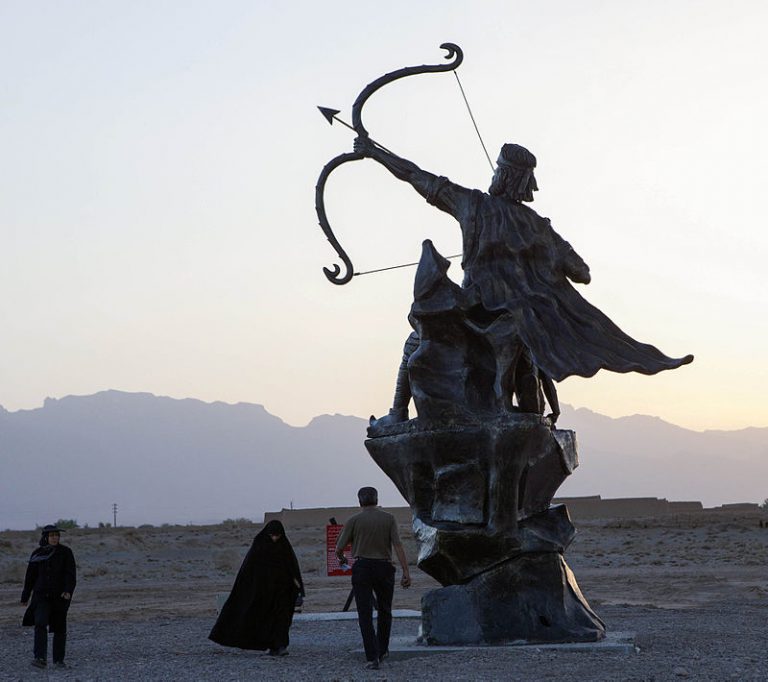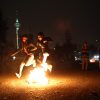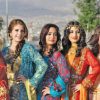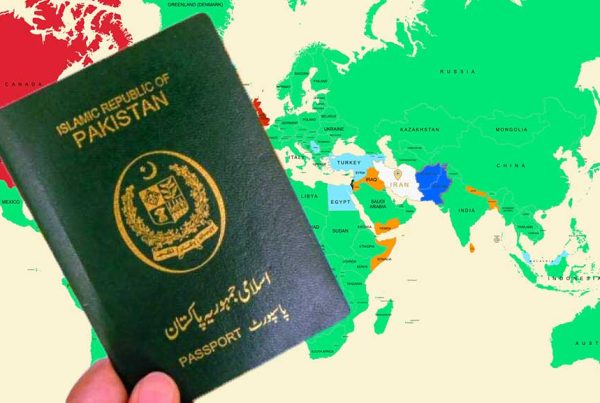Being the oldest monotheistic religion of the world, Zoroastrianism was the official religion of Iran before Islam. The Zoroastrians celebrate a variety of holidays and seasonal festivals annually. Nowrouz , Sadeh, Mehregan and Tirgan are among the most prominent festivals in Iran and the three feasts of Tirgan, Vardavar and Nowruz-e-Sayad are celebrated at the beginning of summer. Tirgan festival, also known as Jashn-e-Tirgan, is among the non-religious ceremonies held on the 13th of Tir (July 2nd 3rd). Many books by historians and European travelers who visited Iran during the 16th and 17th centuries depict the glory and joy of this ceremony, held mostly in Mazandaran, Khorasan, Yazd and Kerman.
Jashn is a Zoroastrian term for festival and the word Tirgan attributes to Tishtar (lightening) or archangel Tir (meaning arrow). According to Persian myths, Tishtar, the angel of rain, fought with Apoosh , the evil of drought, defeated him and bestowed rain to the earth.
Based on the epic history of Iran, Tirgan is based on the legend in which Manoochehr, king of Iran and Afrasiab, king of Turan, fought for setting a permanent boundary. Arash, a hero in Persian mythology was the greatest archer who was responsible to settle a dispute between Manuchehr and Afrasiyab . To determine the border between the two kingdoms of Iran and Turan , he stood at the peak of Mount Damavand and threw his arrow on the 13th day of Tir. The arrow traveled to the east at dawn and landed around noon. The place, where the arrow landed, was designated as the border of these two territories. Arash, the heroic archer of Iranian folklore, passed away at the top of the mountain. From that time onward, Turan, having been suffered from drought for seven years, was blessed with rain.
Are you interested in Iran’s Festivals? Do you wanna know more about Tirgan Festival? What do Zoroastrians do in this Festival? You’d better click here to read more.
And also you can read about every thing you need for traveling to Iran here.


